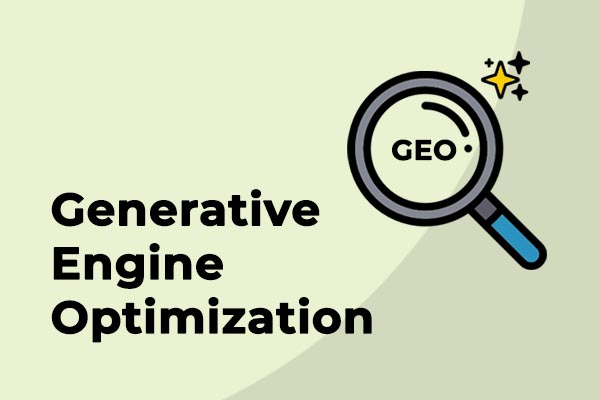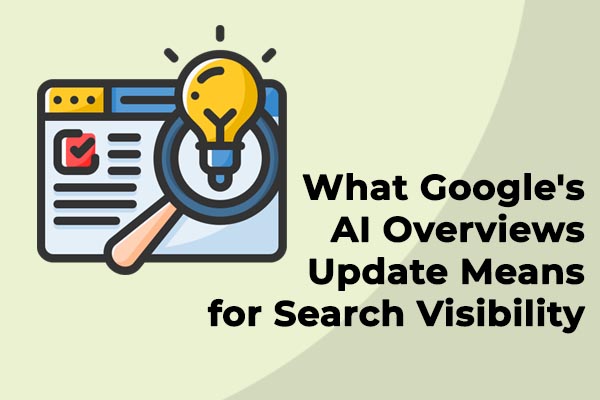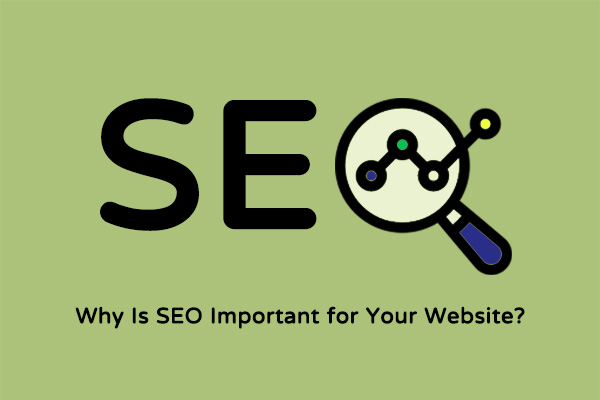Generative Engine Optimization (GEO): Navigating the Future of AI-Driven Search

Search behavior is changing fast. More people are turning to AI tools to ask questions, compare options, and get quick answers—without ever clicking a link. That shift means businesses can no longer rely only on traditional SEO to stay visible. Instead, there’s a growing need to speak directly to how AI platforms understand and present information.
That’s where Generative Engine Optimization, or GEO, comes in. It’s not a buzzword—it’s a new way to think about how content gets seen, quoted, and delivered in AI-generated summaries. Whether you’re writing product pages, educational blog posts, or service descriptions, GEO helps you stay relevant in a world where answers—not links—drive discovery.
This post breaks down how GEO works, how it compares to SEO, and how you can start optimizing for it today—so your business shows up in more conversations, not just more search results.
What is Generative Engine Optimization?
Generative Engine Optimization, or GEO, refers to the process of aligning content so that it appears effectively within AI-generated results. These are not traditional blue links in a list—they are synthesized, sentence-based responses that AI tools like Google’s SGE, ChatGPT, and Perplexity AI produce.
With more users starting queries in AI platforms, the opportunity to appear directly in a conversational answer is growing fast. GEO helps content rise to the surface of this new search environment by making it clear, helpful, and machine-readable.
As marketers look at how behavior is shifting, many are wondering: “Is this going to change how people search forever?” All signs point to yes. And GEO is a way to ensure you don’t get left behind in that shift.
How GEO Differs from Traditional SEO
While SEO focuses on making a page discoverable and indexable, GEO is focused on making a page quotable.
Traditional SEO leans heavily on ranking signals like backlinks, keyword density, and structured metadata. GEO also values clarity and authority—but its primary aim is to feed information to a generative model, not just a crawler.
For example, let’s say a user types into an AI search, “How can small businesses optimize for AI search?” If your blog post has a sentence that answers that in plain language, it’s more likely to be pulled into the summary.
And here’s the key difference: AI doesn’t show ten links—it shows one answer. That answer may reference you, paraphrase you, or link to you. But only if your content was written in a way the model could easily interpret.
What Content Does Well in AI-Generated Results?

Content that does well in AI-generated summaries shares a few key traits:
- It answers a specific question in the first few sentences.
- It uses simple language that a machine and a reader can both understand.
- It avoids unnecessary jargon or filler that slows down comprehension.
If you’ve been wondering, “How do I write content AI will quote?”—start by thinking about how people ask questions. Often, they’re asking who, what, when, where, why, or how. Your content should answer those directly and naturally.
It also helps to build content around entities, such as brand names, product types, or service areas. Entities are specific pieces of information that AI models understand well and rely on to assemble answers. By structuring your content around these entities, you can increase the chances of your content being selected by AI engines.
Lastly, consistency matters. If your site frequently posts helpful, trustworthy, and easy-to-read content, such as well-researched articles, clear and concise product descriptions, and informative blog posts, you increase your chances of being selected by AI engines over time.
Why GEO Matters for Marketers Right Now
The urgency around this topic is growing because user behavior is shifting rapidly. Just as mobile-first indexing once reshaped SEO strategy, AI-first search is now poised to do the same. This shift is not a distant future, it’s happening now, and marketers need to adapt quickly.
Many marketing leaders now ask, “Should we restructure our content for AI search?” The short answer is yes—because the way answers are served is changing. Unlike traditional results pages, AI platforms aim to resolve queries within one output, often bypassing click-through altogether.
That makes visibility inside the answer more valuable than just ranking in a list. Ranking is about being listed in search results, while being read is about having your content directly quoted or referenced in AI-generated summaries. GEO helps ensure you’re not just ranking—you’re being read.
And for industries where trust and education play a major role—like healthcare, financial services, or professional services—this visibility can drive leads, not just traffic. The potential benefits of GEO for these industries are significant, offering a new avenue for customer engagement and lead generation.
Key Tips for Optimizing Content for GEO
If you want to rank in generative search summaries, here’s how to shape your content:
- Write in question-answer format. Even if you don’t literally use questions as headers, structure your text to mirror how people ask and how you’d respond.
- Use bolded key phrases that clearly define what the paragraph is about. This is useful for both readers and AI parsing the text.
- Avoid generic intros. Go straight into value. AI won’t quote you if your first paragraph is padded or vague.
- Break up long content. Use multiple short paragraphs rather than blocks of text. White space helps AI understand structure better.
- Add schema where appropriate. While GEO focuses on content, technical elements like FAQ schema still support overall content visibility.
Remember, you’re not writing for AI—you’re writing so AI can understand you easily.

What Industries Benefit Most from GEO?
This isn’t just for tech brands or large media outlets. GEO benefits any business, such as in the automotive industry, where potential customers ask questions before making decisions.
Here are a few examples:
- Healthcare: Patients look up symptoms and treatments via AI before scheduling visits.
- Finance: Users ask for tips on budgeting, taxes, or credit-building strategies.
- Home Services: Homeowners ask for help on repairs, maintenance, or local providers.
- E-commerce: Shoppers compare features and read recommendations for products.
- Education: Students use AI to understand topics, compare programs, or explore careers.
Even B2B brands benefit. Buyers doing early-stage research may ask AI tools for supplier comparisons or feature breakdowns. If your content can answer those, you become part of the conversation.
Does GEO Replace SEO? Or Do They Work Together?
One thing many teams ask is: “Are we throwing out everything we’ve learned about SEO?” Absolutely not. GEO builds on the same foundation—high-quality content, user intent, and site authority—but it adds a layer of accessibility and responsiveness that’s critical for AI engines. SEO and GEO are not in conflict; they complement each other, enhancing your site’s visibility and content’s reach.
SEO helps your site rank. GEO helps your content get cited or summarized by an AI assistant. The smartest content strategies today combine both. A good example is optimizing a product page with SEO best practices, then creating a GEO-focused blog post that answers a related question and drives traffic back to that product.
Together, these approaches form a full-funnel strategy—from discovery to decision.
How to Start Implementing GEO Today
You don’t need to overhaul your site all at once. Start with your top-performing blog posts or landing pages. Ask:
- Does this content answer a real question?
- Can it be summarized in one or two lines?
- Is it structured clearly with readable formatting?
From there, build out new pieces that lean into these practices. Consider building internal content clusters that each answer a related set of queries—this helps build relevance for both SEO and GEO.
And don’t forget to monitor AI tools yourself. Try asking ChatGPT or SGE questions your customers might ask. See which sites it summarizes. That gives you real-world insight into how your content stacks up.
Final Thoughts: GEO Is the Next Chapter in Search
Generative Engine Optimization is here to stay. It doesn’t replace everything you know—it simply adds a new layer to smart content strategy.
If your goal is to stay visible, stay useful, and stay ahead, GEO is worth your time. At Full Speed Advertising, we help businesses create content that works across both traditional and AI-first search.
Let’s make sure your answers are the ones that get quoted—not overlooked.
Ready to grow your visibility in AI-driven search? Reach out to Full Speed Advertising today to discover how GEO can keep you ahead of the competition and more connected to your customers.


